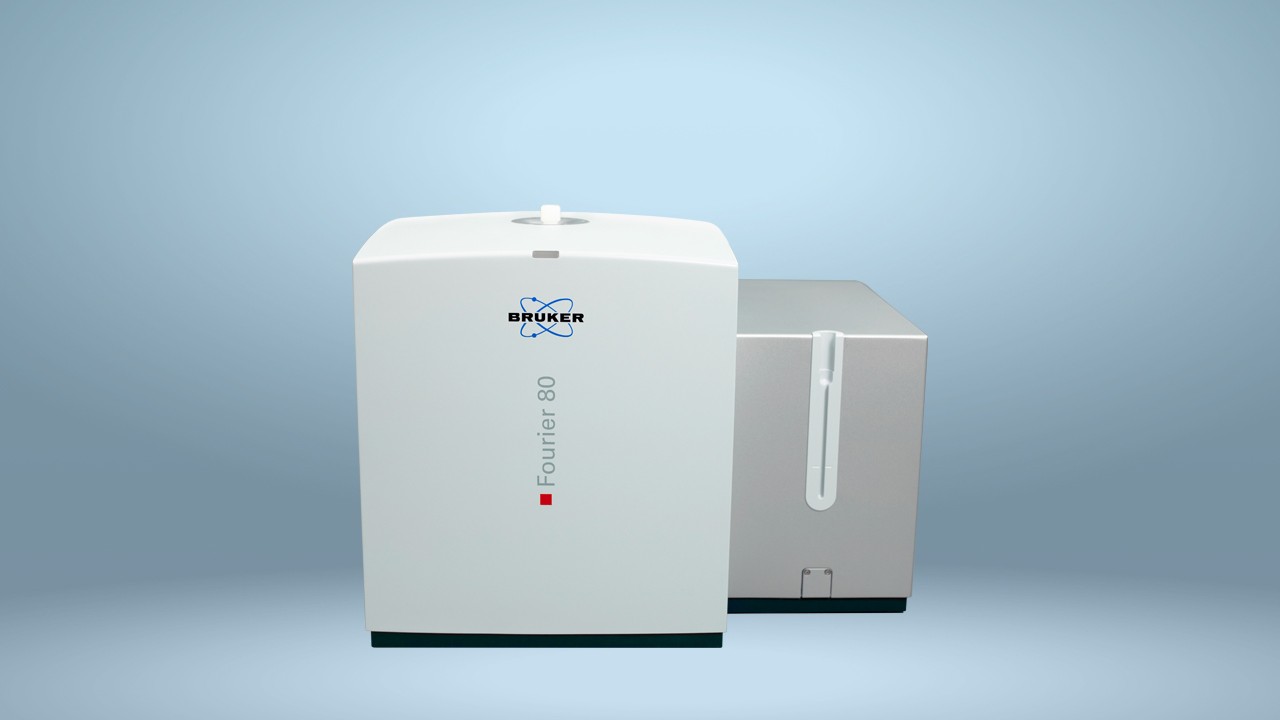

NMR Helps Tackle Scourge of New Psychoactive Substances
Like many countries, Germany has had to contend with the rise of designer drugs or new psychoactive substances (NPS) since the emergence of ‘Spice’ in 2008. The suppliers of these drugs exploit loopholes in the law that mean that newly emerging compounds that have not yet been identified and scheduled by the authorities are not illegal. This is despite many of these closely mimicking the structure and effects of existing drugs.
The adverse consequences of NPS can be severe and include death. Worryingly, they are thought to be particularly attractive to inexperienced drug users due to their “legal” status.
Consequently, many countries like Germany have introduced new legislation to deal specifically with NPS that can categorize substances as illegal, even if they have not yet been identified by the authorities. Some countries, like the United Kingdom and Ireland, have adopted the approach of categorizing substances by their psychoactive effects. Germany, along with countries such as Croatia and Turkey, have chosen to categorize substances by their structural features.
A recent study by researchers from the Technische Universität Braunschweig (Ernst et al. 2019) used NMR to characterize a newly described NPS prevalent in drug samples purchased online.
The team obtained 15 ‘spice-like’ herbal mixtures from four German-language online stores. Gas chromatography-mass spectrometry identified three separate active ingredients from the samples, two of which were already known. However, 12 out of the 15 samples contained a compound not previously described. They subjected this substance, 5F-Cumyl-PeGaClone, to further interrogation using a range of techniques including NMR.
The team used a Bruker AVANCE spectrometer equipped with a TCI triple resonance ‘inverse’ probe to analyze the newly identified compound. The data showed that 5F-Cumyl-PeGaClone was closely related to the previously described Cumyl-PeGaClone, with only minor structural differences. It is also structurally similar to 5F-ADB, which had recently been scheduled under Germany’s main narcotics law, and appeared in only one of the 15 samples obtained online.
However, the structural elements common to 5F-Cumyl-PeGaClone and 5F-ADB had not yet been listed under the NPS-specific law, meaning that distributors of the new compound were successfully exploiting a loophole that meant this new compound was not yet covered by any of the country’s legislation.
The researchers say the results emphasize the health risks posed by NPS.
“As observed over the years, there is still a very high health risk for consumers of these products,” the team writes in Forensic Science International. They note that at least one of the samples was labeled as ‘Spice’ despite being quite different from the original 2008 product.
“This again, increases the health risk of the end-user in terms of expected effects based on earlier experiences and unforeseen effects because of the unawareness of a new active ingredient at an unknown concentration.”
They noted that the samples contained a variety of potencies, which ranged from 17 to 76 mg/G, with no indication of this variation on the packaging for the user. However, in a sign that the problem of NPS is unlikely to disappear soon, the data also demonstrated how lucrative the business of distributing such products can be, potentially providing up to a 42-fold return on investment.
As a conclusion, NMR is a key method for unambiguously identifying and quantifying unknown substances such as newly emerged NPS. In alignment with Bruker’s vision of interconnected forensic laboratories using floor standing AVANCE NEO NMR spectrometers at scientific hubs and benchtop FOURIER 80 spectrometers at local laboratories, law enforcement authorities can be enabled to effectively fight this threat. The extraordinary synergies in using the very same industry standard NMR software TOPSPIN on both classes of NMR spectrometers opens the door to remotely exchanged data, experience and knowledge. The application of NMR is further decomplexified by the usage of the configurable push-button, non-expert software interface GO-SCAN on Bruker’s benchtop models. This unique feature creates a distributed laboratory topology enabling NMR anywhere and so effectively fights the spread of NPS at the outmost. Bruker cooperates in this sense with leading law enforcement authorities worldwide to protect populations by breaking this trend.
References
- Halter S, Haschimi B, Mogler L, et al. Impact of legislation on NPS markets in Germany – the rise and fall of 5F-ADB. Drug Testing & Analysis 2020; doi: 10.1002/dta.2786.
- Kraemer M, Boehmer A, Madea B, et al. Death cases involving certain new psychoactive substances: A review of the literature. Forensic Science International 2019; 298: 186-267. doi: 10.1016/j.forsciint.2019.02.021.
- Ernst L, Langer N, Bockelmann A, et al. Identification and quantification of synthetic cannabinoids in ‘spice-like’ herbal mixtures: Update of the German situation in summer 2018.Forensic Science International 2019; 294: 96-102. doi: 10.1016/j.forsciint.2018.11.001.



